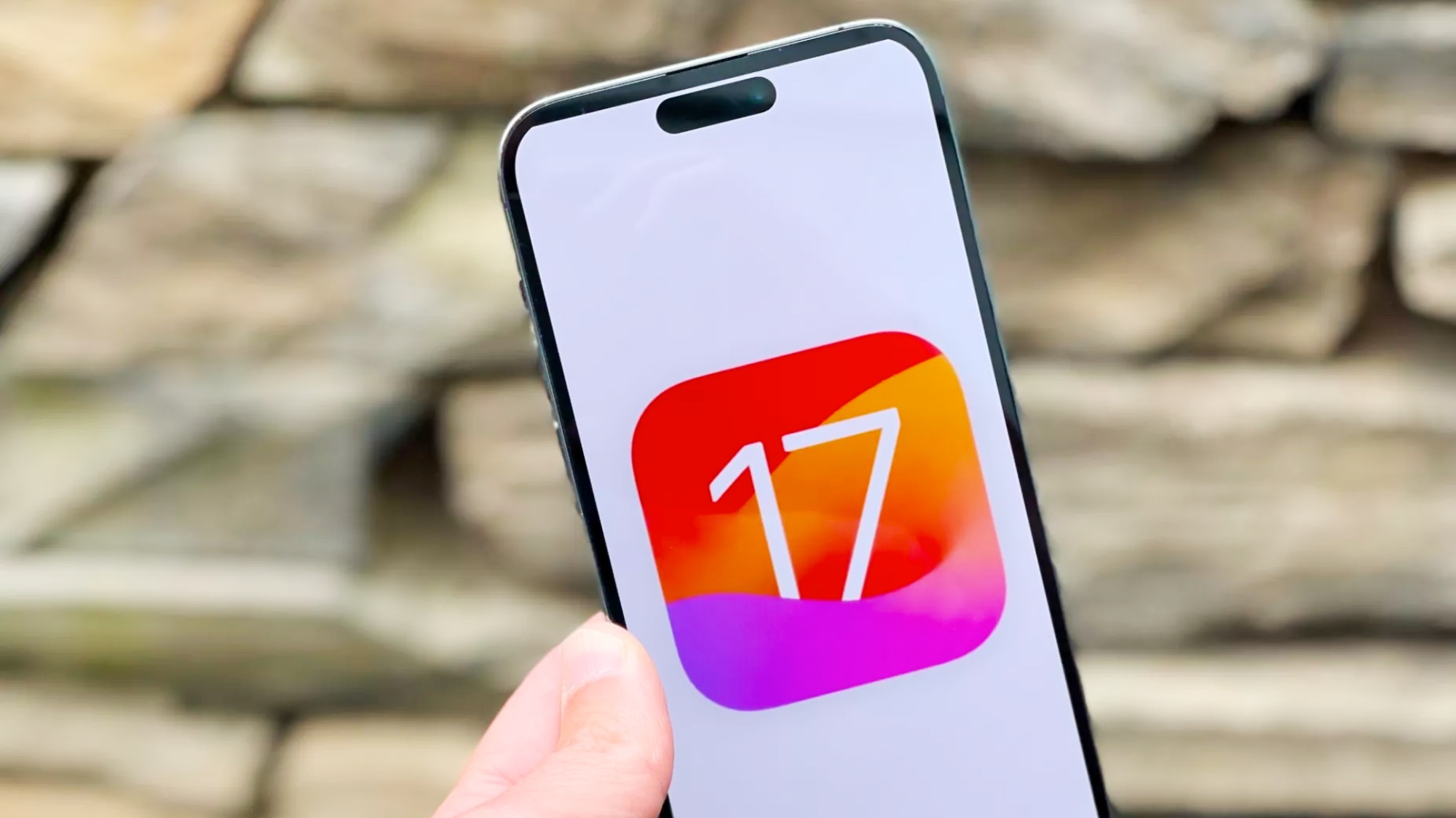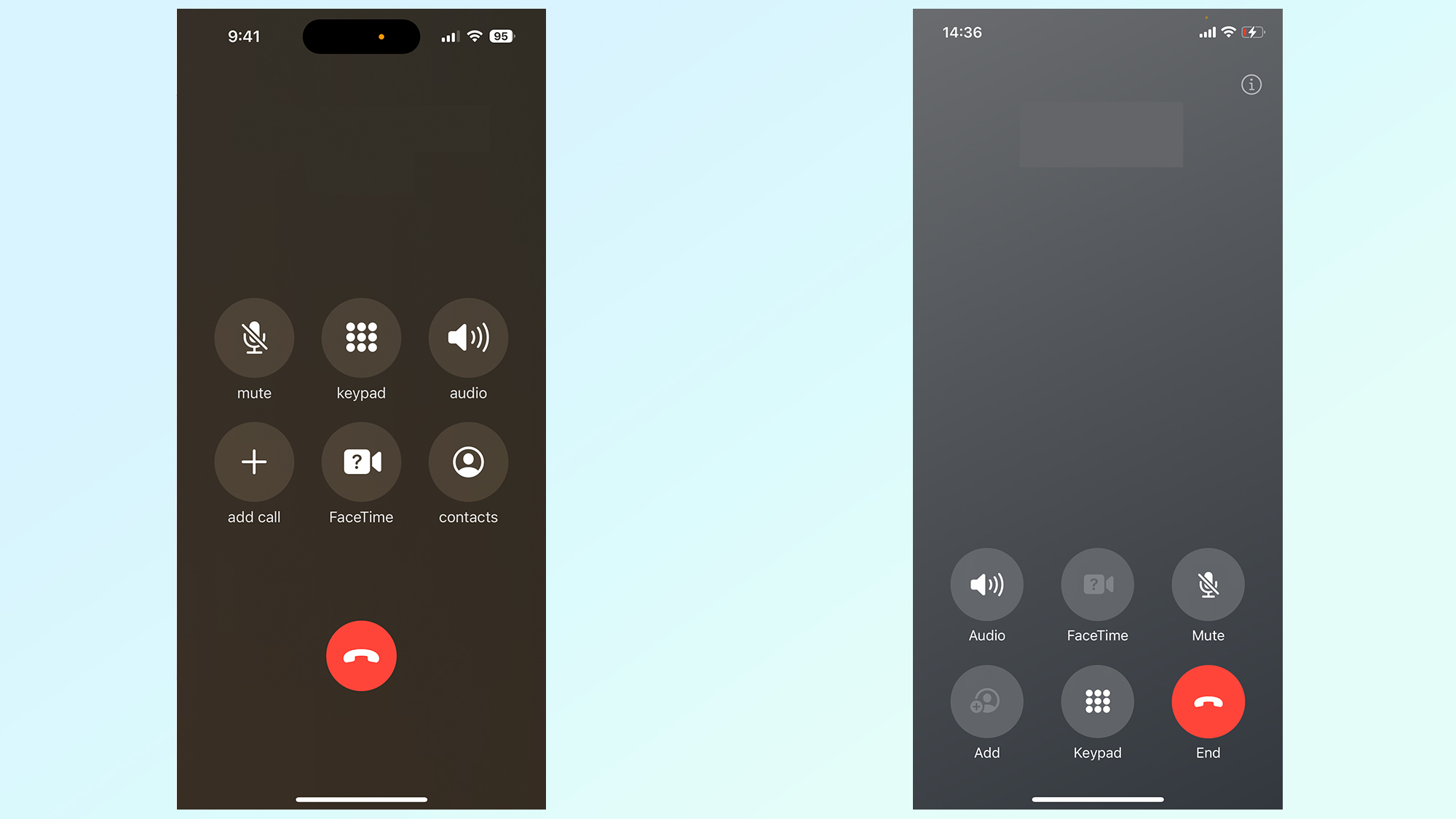
iOS 17 is set to make a major change to the call screen interface, and you may not like it. Not only is Apple moving the big red “End” button from its current location, the spot where it currently lives is going to get a new tenant: the FaceTime button
The feature is currently available in the iOS 17 beta, and has already been catching some people by surprise. From the looks of things this change rolled out with the iOS 17 developer beta 5, and the iOS 17 public beta 2 — which you can install right now if you’re so inclined.

The new design can be seen above on the right, compared to the call-screen interface from iOS 16 on the left. As you can see, Apple has combined all the buttons into a 3 x 3 grid, pushed it to the bottom of the screen and shuffled the positions of all the buttons.
The End call button is now on the bottom right, rather than the middle of the screen, while FaceTime can be found in its previous position. That means you’re going to have to override your muscle memory if you want to avoid any awkward goodbyes, or frantic tapping at the screen as you try to undo the request to switch from voice to video calling.
That’s not the only change Apple has implemented to this design. The contacts button has been pulled entirely, while audio and mute have been switched. The keypad has also been pushed down, sitting between the End and Add user buttons. Thankfully Add hasn’t moved, even if it has had a redesign, so you shouldn’t accidentally wind up including random people in your private phone calls.
In the grander scheme of the iOS 17 update, this is actually rather a minor change. Apple has already announced a smorgasbord of features that will come packaged in the new operating system — many of which are available to test in the iOS 17 public beta.
Some of our favorite features coming as part of iOS 17 include the pseudo-smart display StandBy mode, Live Voicemail, video messages for FaceTime, safety-focussed Check in, and the new NameDrop proximity-based sharing. You can read more about all those in our iOS 17 hub, ahead of the software's wider release later this year.







